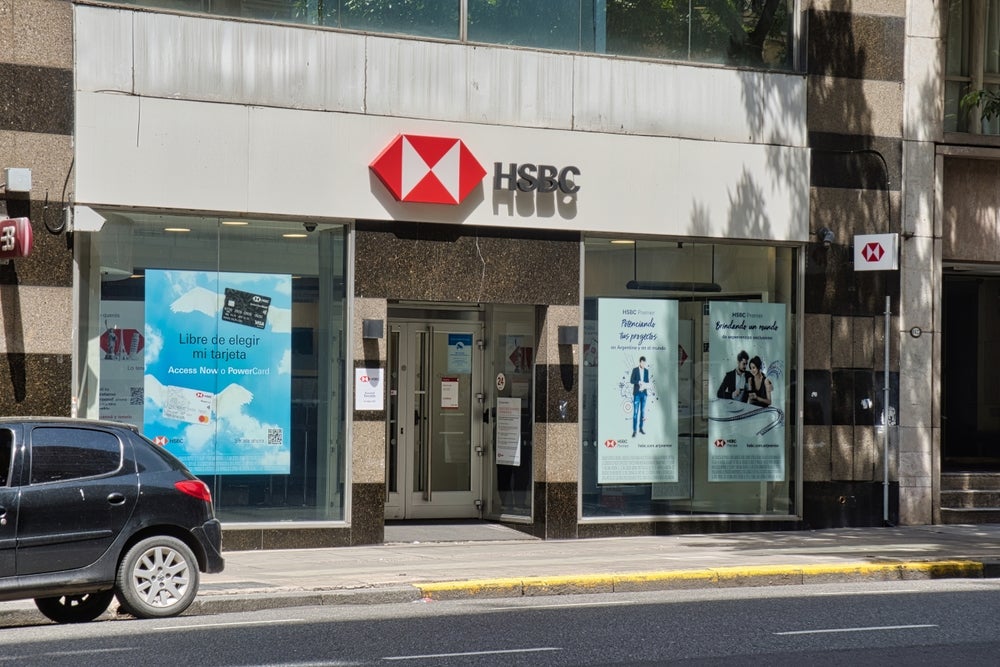rejected an unsolicited bid from the Bank of New York, the two
firms have finally come to terms in a merger that has won praise
from all corners. The combined group ranks as a top-15 global asset
manager with its $20 trillion of client holdings. Charles
Davis reports.
The Bank of New York Mellon Corporation – known commonly by the
rather awkward acronym of BoNYM – is far less clumsy than its
sobriquet. It ranks as the world’s largest provider of securities
services for institutional investors, overseeing more than $20
trillion of assets, dethroning JPMorgan Chase for the top spot. It
is also a top-15 global asset manager and top-ten US asset manager,
with more than $1 trillion of client assets.
In a deal that’s all about size and scope, private banking is a
major beneficiary, as BNY Wealth Management, the newly created
wealth management unit created as part of the $17.6 billion deal,
is using its newly found power to square off with national and
international giants.
National brand
Craig Sutherland, vice chairman of BNY Wealth Management, which has
$160 billion in client assets, said that the goal is to become a
national brand with a national footprint in high net worth markets.
“We’re well on our way to being able to reach out anywhere in the
United States and service that wealth management client,”
Sutherland said.
The deal gives BNY the economies of scale necessary to keep pace
with the likes of Merrill Lynch, Northern Trust and another newly
formed industry giant, U.S. Trust Bank of America Private Wealth
Management.
How well do you really know your competitors?
Access the most comprehensive Company Profiles on the market, powered by GlobalData. Save hours of research. Gain competitive edge.

Thank you!
Your download email will arrive shortly
Not ready to buy yet? Download a free sample
We are confident about the unique quality of our Company Profiles. However, we want you to make the most beneficial decision for your business, so we offer a free sample that you can download by submitting the below form
By GlobalData“When you combine our organisations, you get some real legacy
talent and history with each firm, and we really mesh nicely
geographically,” Sutherland said. “The Bank of New York brought $60
billion in New York-based private banking assets to a Mellon
operation in New York that was under $2 billion, but Mellon brought
about $100 billion in assets to the table from other parts of the
country, so geographically it’s been a hand-and-glove fit.
“We have a nice presence nationally, but we look at the west as a
major growth opportunity, and there are a couple of glaring
opportunities in the south-west and mid-west, in places like Texas
and Chicago,” he said.
Sutherland said that the deal has BNY thinking internationally as
well. Mellon opened an arm of its family office business in London
even before the merger, and the combined firm is now in the early
stages of building the European family office business through that
gateway.
“We see opportunities all over the world,” he said. “We’ll
concentrate on Europe, but we are also very interested in Asia down
the road as well.”
Bank of New York Mellon currently operates in more than 100 markets
in 37 countries. The plan to grow in foreign markets is driven
largely by the attractive high growth rates of markets abroad and
the highly concentrated state of the US custody business, where
Bank of New York Mellon, State Street Corp of Boston and Northern
Trust of Chicago are the three main players. All three are looking
to grow internationally.
For now, though, most of the focus at BNY is on organic growth.
Sutherland said that the wealth management unit will be hiring to
augment its sales, banking and portfolio management staff, and the
wealth management division plans to announce a marketing and
branding campaign in the fourth quarter to include ads aimed at the
wealthy.
Comprehensive bank
Sutherland said that the merger creates a truly comprehensive
private bank, one that addresses a number of issues that one
partner or the other lacked prior to the deal.
For example, he said, Mellon lacked top-shelf real estate
offerings, while Bank of New York’s private banking clients enjoyed
access to its own real estate investment arm, including
Pennsylvania-based Urdang Capital Management. And while both firms
have been heavily involved in alternative investments, Bank of New
York has Ivy Asset Management as a partner, which brings the Mellon
clientele a new set of tools.
Mellon on the fiduciary side has a large non-resident private
banking business, which will benefit from the addition of Bank of
New York’s offshore trust services. And Mellon’s family-office
business, concentrating on families with more than $100 million in
investable assets, has been the bank’s fastest-growing business, he
said.
Mellon also brings a string of regional wealth management firms it
acquired and successfully integrated over the past few years, while
the Bank of New York adds Pershing and its separate-account
affiliate, Lockwood Advisors.
“It’s a really rich mix, and as we have begun to sit down and talk
strategy, we’ve all been delighted at the fit here,” Sutherland
said. Size means little to the client and, in fact, the secret lies
in remaining high-touch on the client side, he added.
“When they actually touch our organisation, it will feel small to
them,” he said. “Relative to scale, the reality is that not so long
ago, your average wealth management client had a large-cap US
equity portfolio with some bonds thrown in there. Today the
exposure is global and the fact of the matter is that if you are
going to manage wealth at this level, scale is the way to provide
the kind of comprehensive offering that today’s client will
demand.”
Acquisition tool
The bank may not be through with growing through acquisition,
either. In an interview recently with analysts, ex-Mellon CEO and
new BNY Mellon CEO Robert Kelly pointed to the company’s formidable
$50 billion market capitalisation as a powerful tool for future
acquisitions.
“That provides us with more capital to invest in our company, as
well as to do acquisitions,” Kelly said. “If the right opportunity
comes along in asset management or asset servicing, we’d look at
it.”
The merger will certainly test the market’s appetite for more big
deals, with State Street, Citigroup, JPMorgan Chase and Bank of
America left to vie for supremacy in US circles.
Sutherland said his focus remains on integration and ensuring that
clients are undisturbed by the changes under way.
“ Size doesn’t have any really positive connotation for the client,
unless it helps them do more while still feeling small on the
service side,” he said. “We are moving very carefully and slowly,
to ensure that this deal is done right.”







